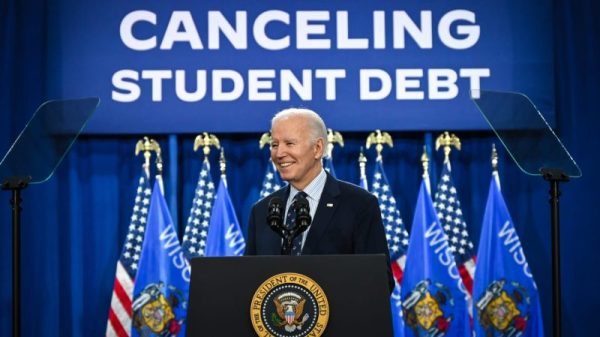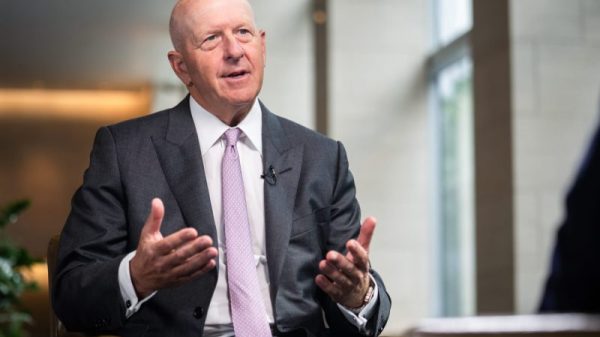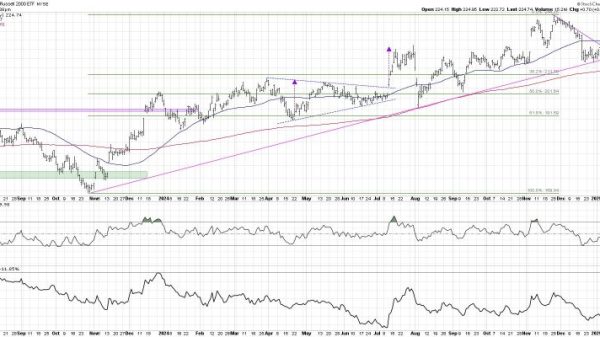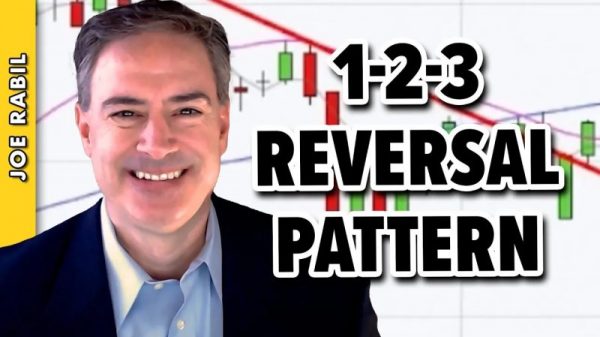Former president Donald Trump participated in an interview that aired on Fox News on Sunday. If so inclined, as many Fox News viewers presumably will be, it’s easy to pick out pieces of the conversation that would assuage concerns one might have about his authoritarian inclinations — concerns that many Fox News viewers presumably don’t have.
Trump was asked, for example, whether he would use law enforcement to punish his political opponents.
After some back-and-forth, he said what he was supposed to say: No, “because that’s a bad thing for the country. I don’t want to do that. … I haven’t said that I would.”
Asked about the attack at the Capitol on Jan. 6, 2021, and his comments at an event last week that it was a “day of love,” Trump defended himself by drawing a distinction.
He noted, as he often does, that his speech that morning had included a call for the protests to be conducted “peacefully and patriotically” and described the rioters as “a small group of people [who] went down to the Capitol.” He wasn’t talking about them, he said. He was talking about the speech and “that tremendous crowd, the largest group I have ever spoken to, in front of these beautiful monuments, I thought it was actually a beautiful thing.”
And there you go. All this brouhaha about Trump as a threat to democracy or a fascist despite his having checked the boxes he was supposed to check. It’s just like how the media criticizes Trump for saying there were “very fine people” on both sides of the violence in Charlottesville without noting that he also checked the box to say that Nazis are bad!
But then, as now, the context is important — context that includes everything else that Trump said.
In the Fox News interview, conducted by media reporter Howard Kurtz, Trump did say he wouldn’t go after his political opponents. Kurtz could have pointed out that Trump triggered investigations of a number of his political opponents when he actually was president, but didn’t. But the reality seeped into the conversation anyway.
Kurtz began with Trump’s recent frustrations about CBS News and the “60 Minutes” interview of Vice President Kamala Harris. Trump has sought to suggest that the interview was unfairly edited to benefit Harris. But, Trump being Trump, he’s done so in hyperbolic terms, suggesting that the edit was so egregious that it constituted one of the largest breaches of media ethics in recent history. And because he’s so effectively cast the media as hostile to his base and to America, he has demanded — as he did to Kurtz — that CBS lose a broadcast license granted it by the federal government.
In other words, he thinks the federal government should punish an organization he presents as his political opponent. He also said, as he has often in the past, that he was going to sue the New York Times for whatever reason — which at least isn’t a pledge to leverage presidential authority against the newspaper. (Which would not itself be terribly surprising.)
Trump also made very clear that he stood by his comments about the “enemy within,” a term he applies to his political opponents and critics. As he did when he began using this descriptor earlier this month, he cast these “enemies” as more dangerous than foreign actors such as China and Russia.
“The outside people, the so-called enemies, if they’re enemies — and they might not be enemies,” Trump said of those countries and their leaders, “if you have a smart president, they can be handled.” But those paled, he suggested, in comparison to the people who had investigated him.
That framing itself is fascinating, of course. Russia is not as worrisome as Rep. Adam Schiff (Calif.), the Democratic candidate for Senate, because Schiff elevated concerns about ties between Trump’s 2016 presidential campaign and Russia? Trump’s presentation of the “enemy within” was offered solely in the context of the threat to him.
The Washington Post’s Bob Woodward recently reported that Gen. Mark A. Milley, former chairman of the Joint Chiefs of Staff, had described Trump as “fascist to the core” in a private conversation. Using government power to punish and centering himself as the most important element of that government certainly comports with that idea.
Kurtz asked Trump about another element of Milley’s condemnation, his referring to Trump as “the most dangerous person ever.” Trump responded that Milley was “woke” and that he’d fired him, which he didn’t. (A second later, he clarified that he was going to fire Milley but “time was pretty short, so I just left him.”)
The Capitol riot lingered over the entire conversation, for obvious reasons. That event was the culmination of a months-long effort by Trump to insist that the 2020 election would be or was stolen. He demanded that his supporters show up in Washington that day, promising them it would be “wild.” And he encouraged them to march to the Capitol from the White House, which thousands did — his sole mention of doing so “peacefully and patriotically” muffled by a fusillade of disparagements and demands for action, to fight.
Even when talking to Kurtz about the “small group” that went to the Capitol, Trump claimed that they were ushered inside by the police. (This, too, is how Trump works: He throws out as many defenses as he can muster — like the one he posted on Truth Social blaming the government for the riot — recognizing that he only needs his audience to accept one to give him a pass.) He also claimed that “nobody had guns here either.”
This isn’t true, as Kurtz pointed out, but Trump rejected that feedback. (“Well, I have not heard that at all, no,” he said. “I don’t think so. They had no guns. They had no guns.”) In fact, testimony offered at the House select committee’s probe of the riot indicated that Trump knew his supporters in Washington were armed but wanted the metal detectors at his speech shut down. After all, he reportedly said, “they’re not here to hurt me.”
It is good that Trump at least still believes that he should say, for example, that he won’t target his opponents. Even that should carry an asterisk, of course, given how fervently he’s insisted that the purported targeting of him is a moral outrage. Nor is it clear that labeling his opponents as enemies is less dangerous than threatening to have them audited by the IRS.
In a related way, it’s also better if he isn’t explicitly saying that he approves of the most violent actors at the Capitol riot. But he keeps edging closer to those lines, calling the rioters “we” and insisting that those in prison — often for committing violence against law enforcement — are “political prisoners.”
Someone viewing the interview with an eye toward feeling comfortable in supporting Trump will be able to find fig leaves covering the necessary unpleasantries. Someone viewing it through the lens offered by Milley, though, will not find those unpleasantries obscured.


































